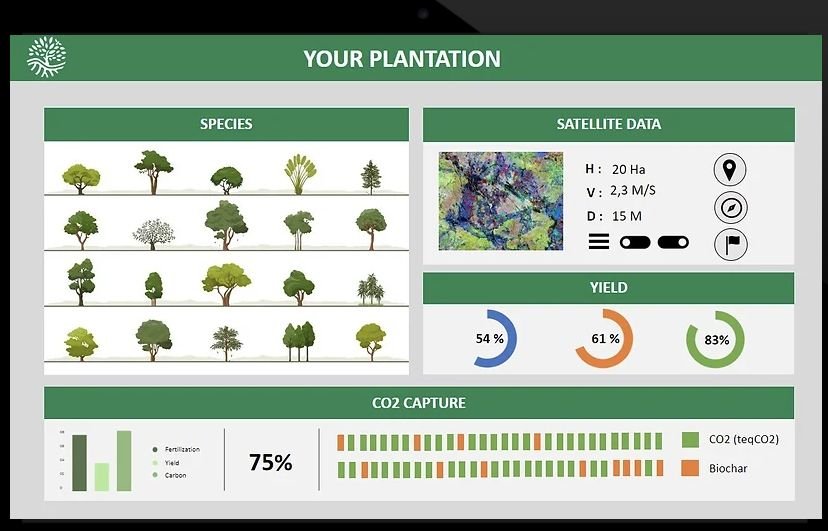Sand to Green, a French-Moroccan enterprise, wants to transform the desert from a hazard to a food supplier. The corporation intends to develop additional arable land in Morocco while continuing to support desalination research and development (R&D) and soil re-fertilization measurements.

The startup has announced the building of 20 hectares of arable land for agriculture in the Cherifian kingdom’s south during the first quarter of 2023. Many investors have committed one million dollars to the effort to “green deserts through agroforestry and water desalination,” including Katapult and Catalyst Fund.

Drip irrigation with desalinated sea or brackish water is used by the startup. Daily monitoring and management will be possible thanks to satellite data. Sand to Green has been field testing its techniques for the past three years in the Guelmin-Oued Noun region of Morocco. The farming systems have proven themselves resilient.
Sand to Green restores the land using natural techniques. Cultivated plants absorb carbon from the atmosphere and generate oxygen. Carbon is stored in the plant mass as well as the soil, which improves soil quality. Local residents have more time to adjust and grow more robust.

Its initial farm attracted a variety of living forms, including bees and other insects, as well as birds and rabbits returning to the once-deserted ground. Natural biodiversity may be restored by converting sand to green.
Overall, the Sand to Green method tackles the problem of climate change adaptation by improving yields, increasing resilience to severe events (improved soil water retention capacity, enhanced disease resistance, etc.), boosting food security, and fostering biodiversity of crops, animals, and landscapes.
Reference- Sand to Green website & PR, Afrik 21 website, Catalyst Fund Release, Clean Technica






